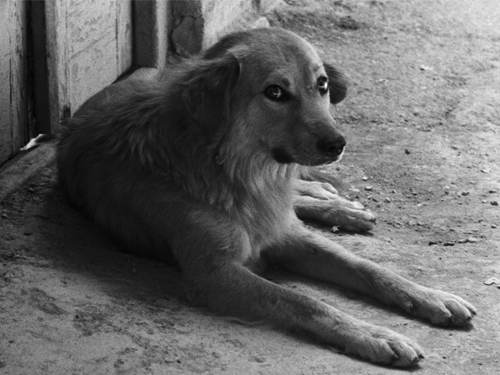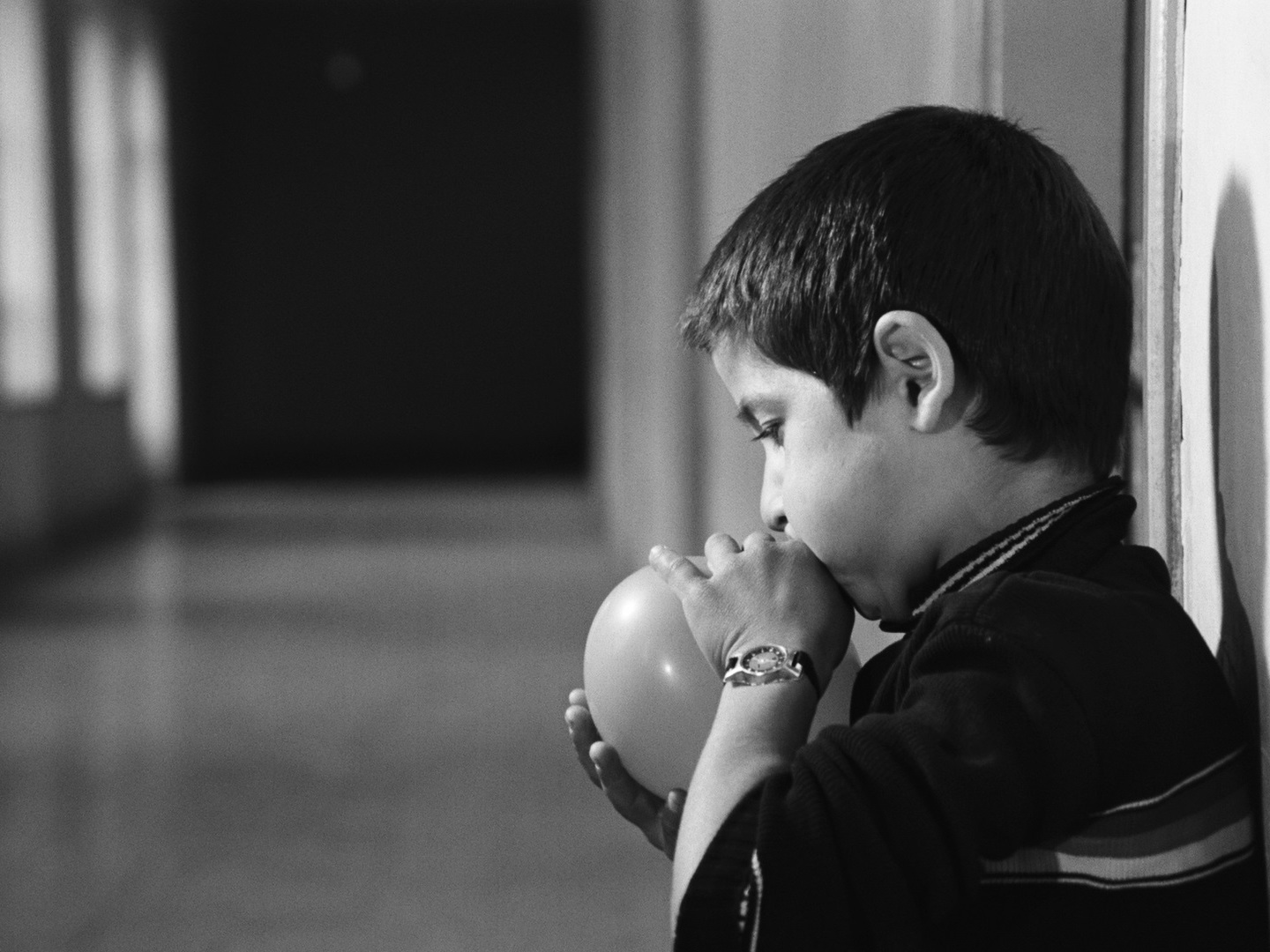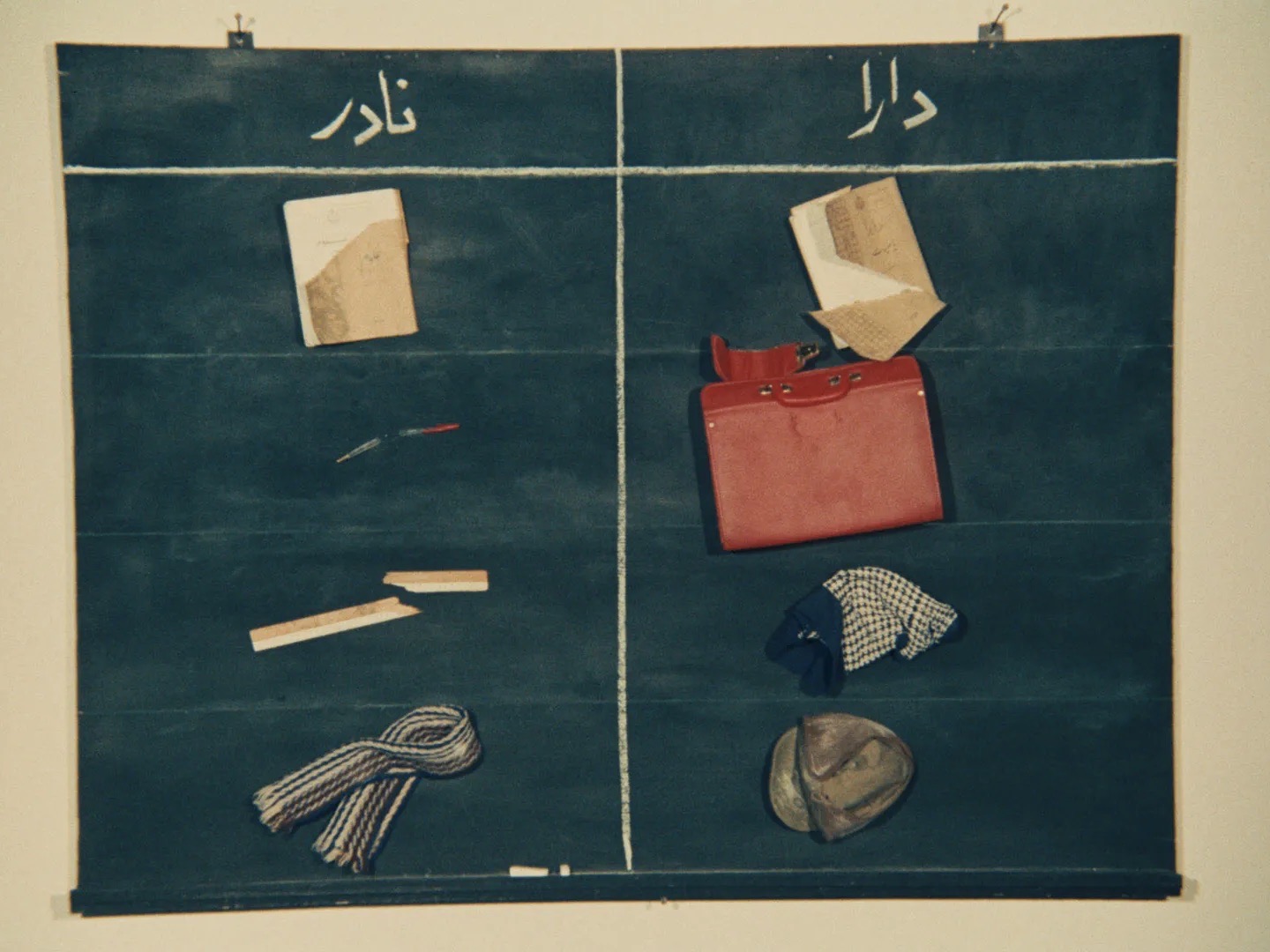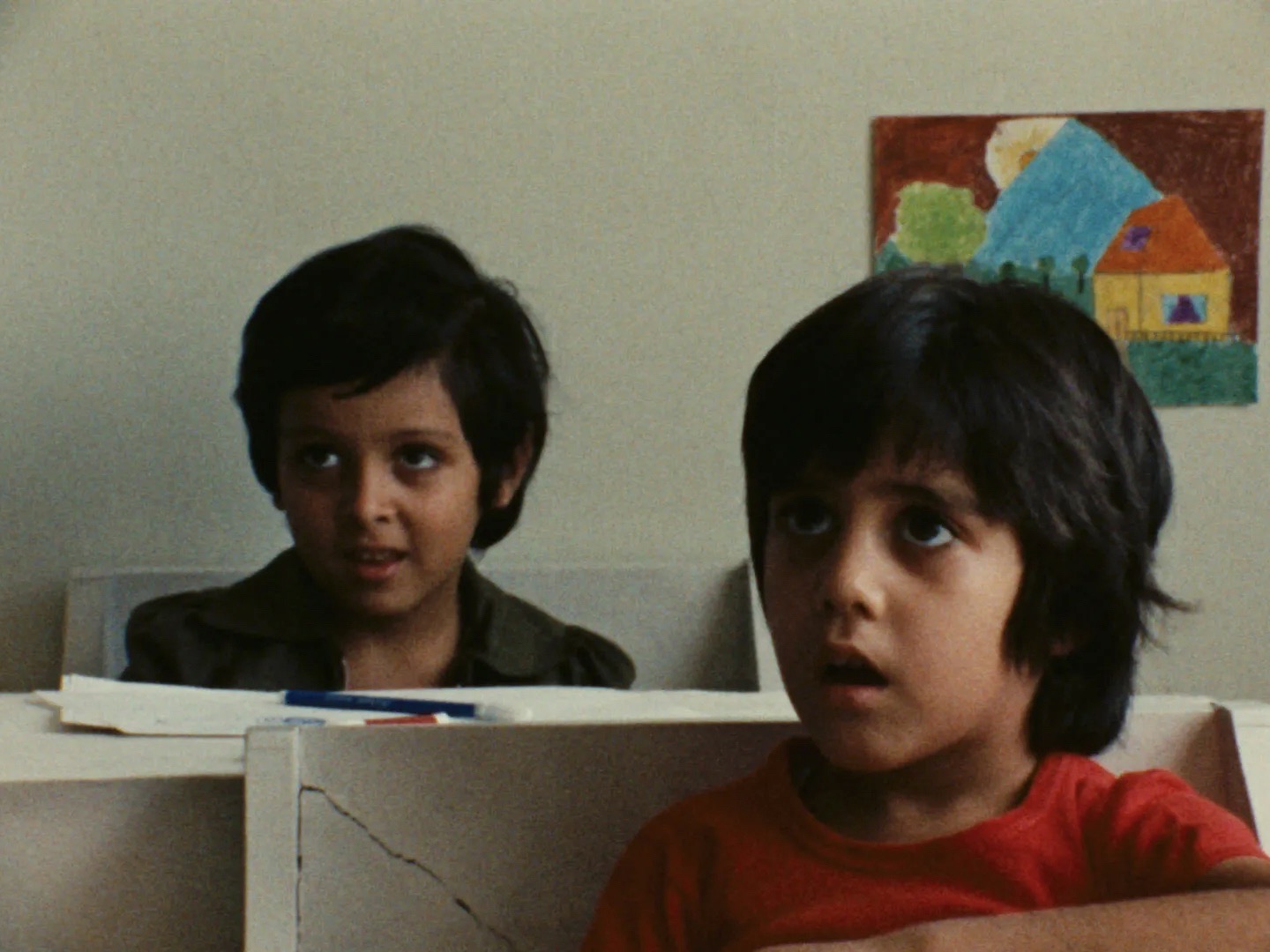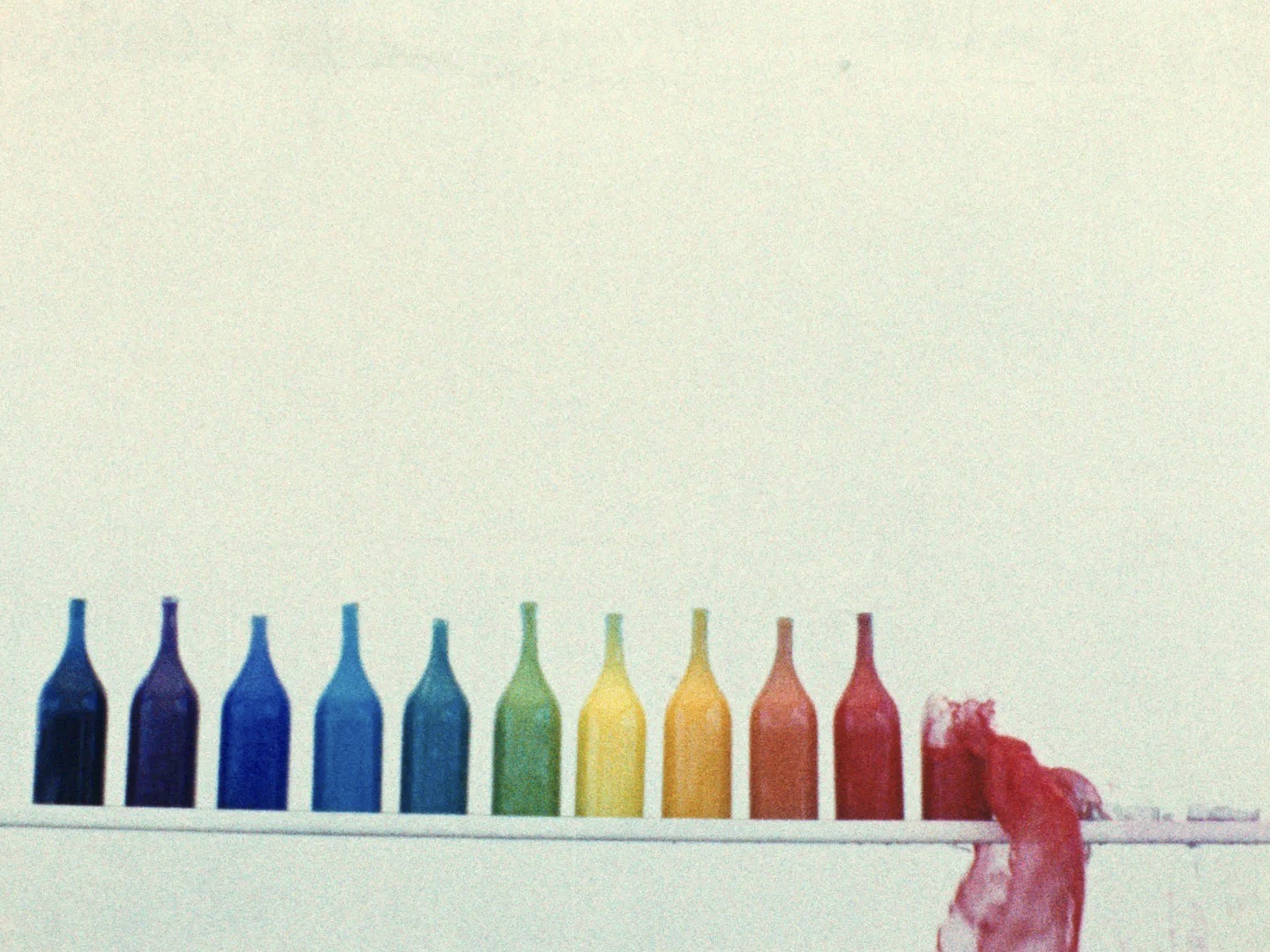![Man ham mitounam [So Can I] (Abbas Kiarostami), © Kanoon Man ham mitounam [So Can I] (Abbas Kiarostami), © Kanoon](/sites/default/files/inline-images/Moi%20aussi%20je%20peux_Kanoon_3.jpeg)
Sabzian, in collaboration with Cinema RITCS and KASKcinema, presents a selection of early short films by Iranian filmmaker Abbas Kiarostami (1940-2016). The programme includes Nan va Koutcheh [The Bread and Alley] (1970), Zang-e tafrih [Recess] (1972), Dow rahehal baraye yek massaleh [Two Solutions for One Problem] (1975), Man ham mitounam [So Can I] (1975), Rangha [The Colours] (1976) and Be Tartib ya Bedoun-e Tartib [Orderly or Disorderly] (1981). Kiarostami made these educational films for Kanoon, the then ‘Centre for the Intellectual Development of Children and Adolescents’ in Tehran.
Born in Tehran, Kiarostami studied fine art. After a brief period combining his studies with a job as traffic police, Kiarostami soon turned to film through making television commercials. In 1969, Kiarostami was invited to set up Kanoon's film department. Many of the films from that period, later including Where Is the Friend’s House? (1987) and Homework (1988), are largely set in schools and classrooms. Freed from the dictates of commercial film production, it gave Kiarostami a chance to discover and develop his cinematic language.
The Bread and Alley, Kiarostami’s debut feature for Kanoon, tells the story of a boy who has to pass a menacing dog in a narrow alley on his way back from school. Armed with bread, the boy must find a way to get past this obstacle. Kiarostami described the shooting period as “very difficult”. He worked with a young child, a dog, an unprofessional crew and an unsympathetic cameraman who was opposed to his experimental narrative approach. Despite this, the film contains the seeds of Kiarostami’s later work and remains a prime example of his resistance to classic film norms.
The short films in this programme are addressed to children and deal with simple issues from the school world. For example, they show how things at school can be orderly or chaotic in Orderly or Disorderly, explore the world of colours in The Colours or examine the effects of different behaviour at school in Two Solutions for One Problem. As films, they never pretend to be outside the world of children, but rather engage with it. The playful approach to didactic form in Kiarostami’s early work helps lay the foundations for what he would later call “an unfinished cinema”. “I believe in a type of cinema that gives greater possibilities and time to its audience. A half-created cinema, an unfinished cinema that attains completion through the creative spirit of the audience, so resulting in hundreds of films. It belongs to the members of that audience and corresponds to their own world.”1
Introduction by Gerard-Jan Claes.
- 1 Abbas Kiarostami, “An Unfinished Cinema,” Sabzian, 15 May 2019.


